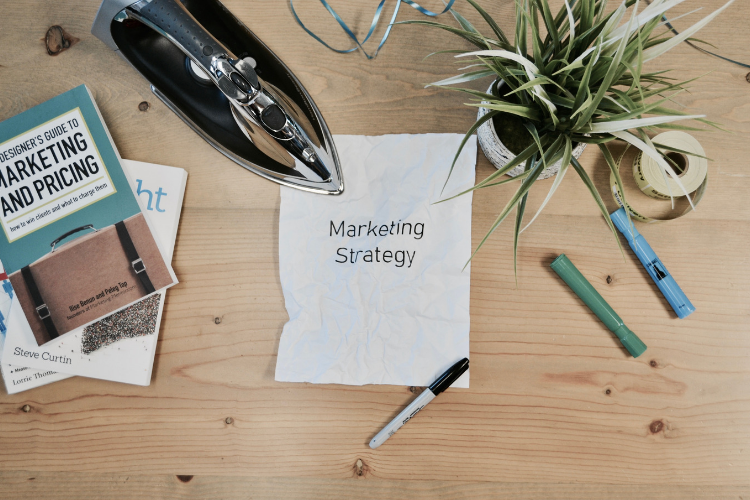How to Develop a Marketing Strategy for Small Business: Part 1

Marketing is an ongoing process that requires careful strategy. Any smart marketer has a plan, but is willing to change their methods when necessary. Here’s a basic rundown of how you can develop your marketing strategy, as well as how you can best pay attention to your target audience using buyer personas.
I’ve developed a four-video series available on YouTube covering the basics of small business marketing strategy. This blog covers the highlights, but be sure to watch the videos for even more tips!
Developing a Marketing Strategy
Different people have different definitions of what marketing means to them, but we’ll be focusing on digital marketing and online activities. This could include:
- Your blog
- Website content
- Social media posts
- Email newsletters
- Online advertising
There are two factors to consider when developing your marketing strategy: timeline and budget. Businesses with smaller budgets should probably focus on their inbound marketing as long as they have the time to do so.
Before you start developing your strategy, however, identify your marketing goals. What do you want to achieve with your marketing? More customers? More blog readers? These are important things to consider. But resist the urge to set goals that are based on vanity metrics. For instance, 100 engaged people on your Instagram is going to be worth much more than 1,000 followers who are uninvested.
Related: What is the Difference Between a Marketing Strategy and a Plan?
Lastly, develop a plan you can stick to. Consistency is important whenever you’re talking about digital marketing. Your audience needs to know:
- What to expect
- How often to expect it
- What type of content they’ll be getting
- What quality of content it will be
Additionally, don’t fret about having the perfect website, appearance, or strategy to begin with. Just start making content! You will learn as you go, and adjust your methods from there. The more content you have, the more you’ll have to work with down the road.
A buyer persona is a semi-fictional representation of your ideal customer based on both market research and real data about your existing customers. When creating digital content, you want to have a specific type of person in mind. This helps make your marketing content targeted and effective rather than a waste of your valuable time and money.
There are three key steps to developing your buyer persona.
1. Interview Your Team
Talk with your team about the clients they work with and discover what they all have in common. Focus most on your top three to five customers. Then, build a profile and find the common ground between those people. Focus on the role of the decision-maker, the actual client, and the end-user of your product. Additionally, consider company size, their industry, and how each client’s fields may be similar.
2. Interview Your Customers
Ask your best customers if they’re able to spend 15 minutes answering a few key questions about where they get their information and how they run their business. Pay special attention to whether or not they are subscribed to certain blogs. You will really want to get down to the nitty-gritty of where they are gathering work and industry-related information. Also, inquire about them personally, such as their common challenges in the workplace and what motivates them. Your customers hold valuable information about your target audience.
3. Review Your Competitors
What are your competitors doing for your shared target audience? Inspect their blogs and social media content. Look at it closely with a critical eye to see what’s working, what you could improve on, and what you can do differently to stand out from them.
Keep in mind that for all of this, you may have multiple ideal customers, which means you could have more than one buyer persona as well! Trusty Oak actually has three personas, and our content is sometimes divided toward specific personas rather than all three of them.
Watch my video on this topic below for an even more in-depth take: How to Develop a Marketing Strategy for Small Business. And be sure to tune in next week when we take on the second part of this series: Creating a Blog, Newsletter, and Social Media Strategy!

